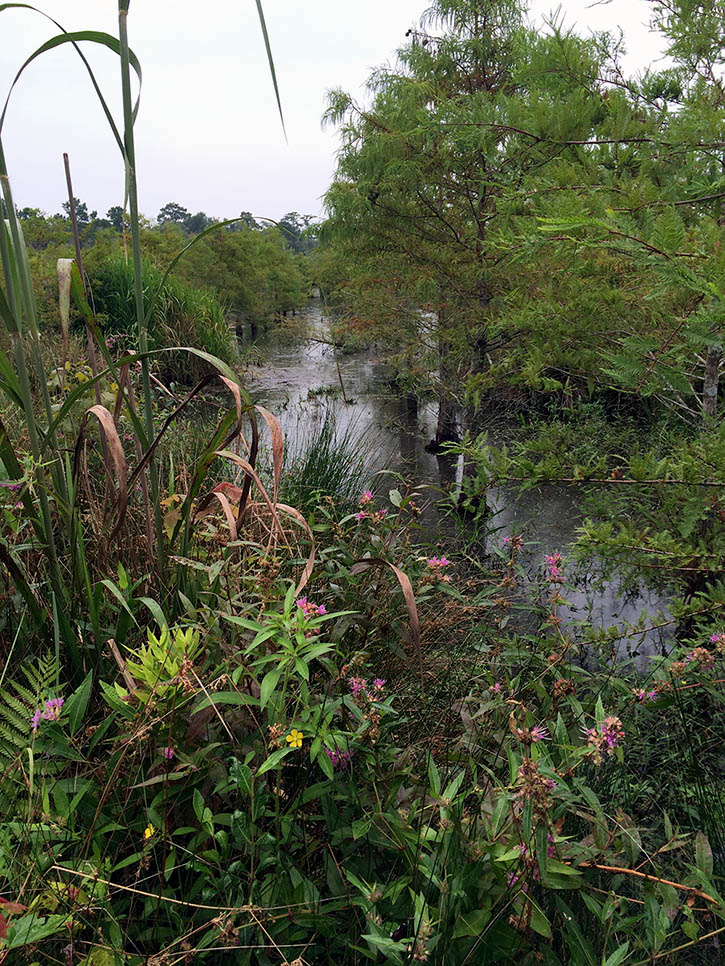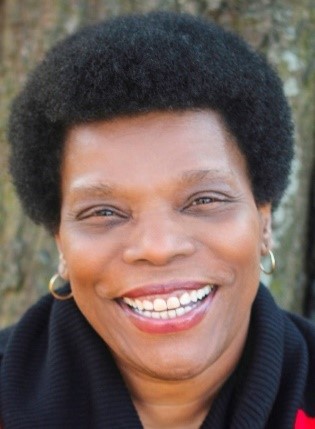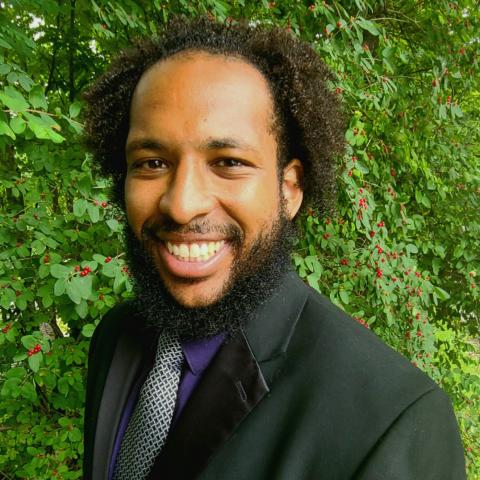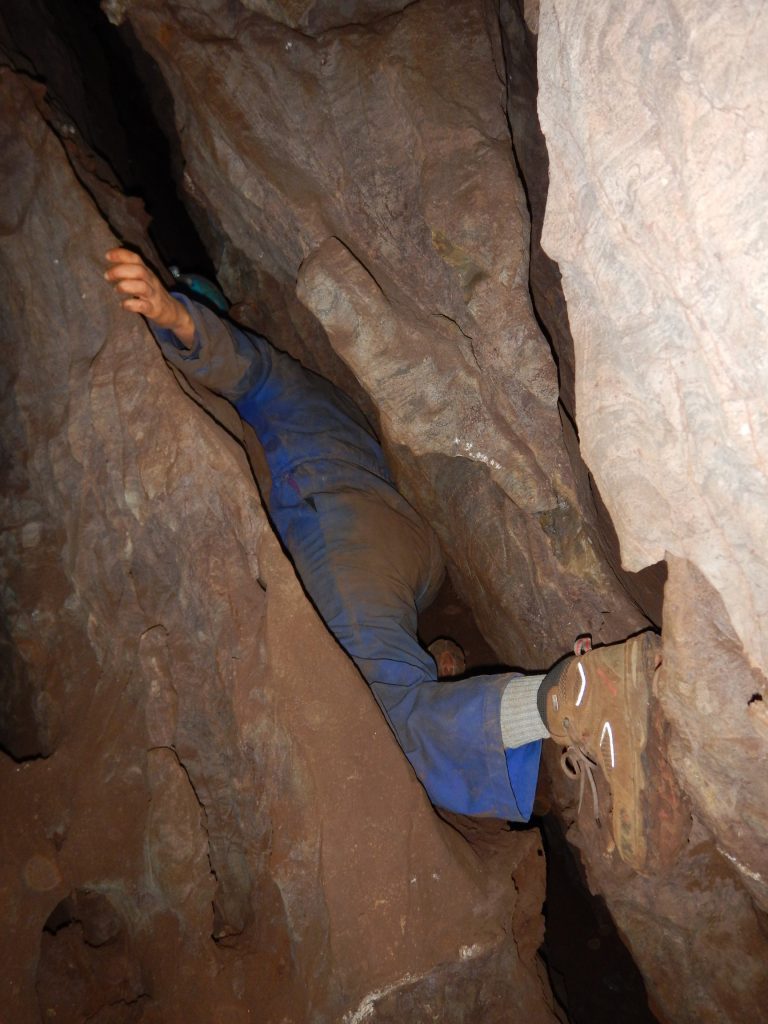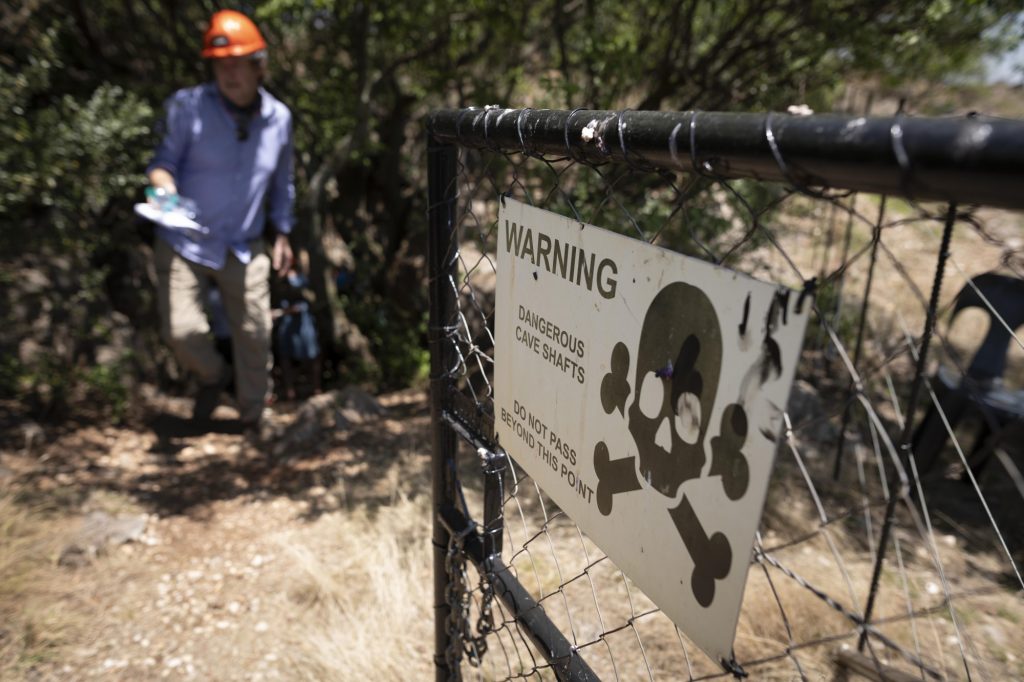“Ephemeral” is one of my favorite words. It conjures up images of vernal pools and fireflies and flowers in spring. It comes from ephēmeros, a Greek word meaning “lasting a day.” English initially used it in a scientific sense, to refer to fevers and then in reference to short-lived organisms like flowers or insects. Today “ephemeral” is most often used to describe anything fleeting or short-lived.
The term “spring ephemeral,” for instance, refers to flowers that are visible for only a short time each spring before they disappear.
Nicki Cagle, Ph.D, a senior lecturer in the Nicholas School of the Environment, led a spring ephemeral workshop in the Korstian Division of Duke Forest on a Friday afternoon in late March. The workshop was hosted by DSER, the Duke student chapter of the Society for Ecological Restoration. We focused on identifying herbaceous plant species and families, particularly spring ephemerals.
“Spring ephemerals are perennials that emerge early in the spring and then grow, reproduce, and disappear from the surface of the forest floor in just a few short weeks,” Cagle explains. We also found several species that aren’t technically ephemerals but still bloom in early spring — before the tree canopy emerges and plunges the floor into shade.
The first plant Cagle points out is Oxalis violacea, a type of wood sorrel. “This particular species will have purple flowers,” she says. The genus name, Oxalis, refers to the plant’s oxalic acid content. “You can nibble on it,” but “you don’t want to nibble on it too much.” Oxalic acid, which is also found in common foods like spinach, gives the leaves a pleasant, lemony taste, but it can cause problems if eaten in excess.

When we come across a patch of lovely, pale violet flowers with yellow centers, Cagle challenges the workshop participants to determine which family it belongs to. She offers two options: Rubiaceae, a large family that often has either opposite or whorled leaves and four to five petals and which includes familiar plants like coffee, or Violaceae, a very small plant family whose members “tend to have everything in fives” (like petals, stamens, and sepals) and often have basal leaves. Answer: Rubiaceae. This particular species is Houstonia caerulea, the common bluet. Its yellow centers help distinguish it from related species like the summer bluet, tiny bluet, and purple bluet. If anything, Cagle says, the plant’s presence is “an indicator of disturbance,” but it’s still good to have around.

Next we come across two species in the Hexastylis genus. They are sometimes called wild ginger, but the name is misleading. Hexastylis species are not related to the ginger you buy in the store, which is in a completely different family. Hexastylis is, however, in the same family as the Asarum genus, which Cagle thinks of as “proper” wild ginger. Asarum and Hexastylis have traditionally been used as food and medicine, but they also contain toxins. According to Cagle, they belong to “one of the few plant families that have fossilized remains in the United States,” even dating back to the late Cretaceous Period.
The two species we see are Hexastylis arifolia, the little brown jug, and Hexastylis minor which looks similar but “tends to have a much more rounded form.” Like many spring ephemerals, Hexastylis is often dispersed by ants. The seeds have elaiosomes, fatty deposits that ants find attractive.

There’s a patch of violets near the Hexastylis plants. “We have a lot of different violets… of varying origins” around here, Cagle says. Many of the native species have both a purple form and a variety that’s white with purple striping. Other species in the violet family come in different colors altogether, and Cagle says many of those are of European origin.
The Johnny-jump-up pansy, for instance, can have “funkier colors,” like yellow or pinkish purple and is native to Europe and Asia. Violets can be hard to identify. Some species are distinguished mainly by characteristics like the lobes (projections in leaves with gaps between them) or the hairiness of the leaves. The bird’s foot violet and wood violet, for example, “tend to have really deep lobes.”
Cagle says the violet we’re looking at is likely the common blue violet, characterized by smooth leaves and petals, purple or purple-and-white flowers, and rounded or slightly arrow-shaped leaves.
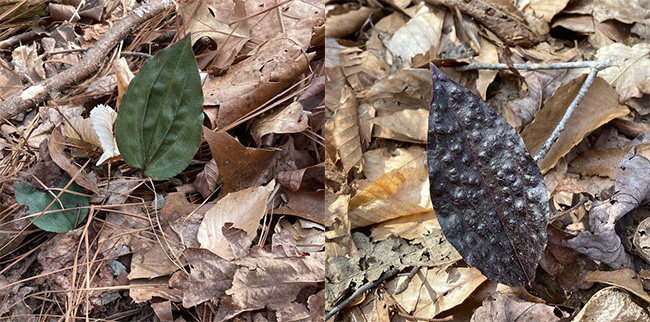
The orchid family, Orchidaceae, is one of the largest families of flowering plants in the world. Many of its members are tropical, including the Vanilla genus, but “we do have a number of native orchids” here as well, including yellow and pink lady’s slipper orchids, putty-root, and the cranefly orchid.
The cranefly orchid, Tipularia discolor, isn’t yet in bloom, but we come across the leaves several times on our walk. According to Cagle, Tipularia discolor “isn’t actually a spring ephemeral” because it reproduces later in the year. However, “it’s ephemeral in its own way,” the leaves disappear by the time it flowers. Cagle says the plant’s scientific name can remind you what to look for: “‘Tip-’ because you’re going to tip this leaf over” to look at the underside and “discolor” because the leaves are a striking purple underneath. Some of the ones we see are purple on top as well. Cagle explains that the purple coloration serves as sunscreen and protection from critters that eat plants.
The plant gets its common name (and its scientific genus name, interestingly) from its delicate flowers, which are supposed to resemble craneflies. When the plant blooms, “the flowers are so delicate and so subtle that most of the time you miss them.” Pollinators like Noctuid moths, on the other hand, find the flowers easily and often. Cranefly orchids even have “specialized seed structures” that “get fused onto insects [such as the moths]… and carried off.”


The rue anemone, unlike the cranefly orchid, is a true spring ephemeral. It belongs to a more “primitive” family and has lots of petals in a spiral arrangement. The species is also known as windflower “because they flutter and dance as the breeze comes through.” Cagle mentions that the plant is “usually pollinated by flies and little bees” and serves as an important food source for insects in early spring. But “how do these even exist” in a forest with so many plant-eating deer? Many spring ephemerals, Cagle explains, have “some really potent toxins” that protect them from large herbivores.
We stop briefly to examine perfoliate bellwort, also known as wild oats (Uvularia perfoliata), and giant (or star) chickweed. Chickweed is in the pink family, named not for the color but because “the petals… [look] as if they’re cut by ‘pinking shears,’” which have saw-toothed blades that leave notches in fabric.

Near the end of our walk, we find several trout lilies. That’s fortunate. “No spring ephemeral walk is actually complete without finding some trout lilies,” Cagle says.
Unsurprisingly, trout lilies belong to the lily family. “Their flower structure,” Cagle says, “is very symmetrical” with three petals and three sepals. In trout lilies, the sepals resemble petals, too. This particular species is Erythronium umbilicatum. The species name, umbilicatum, refers to its “really long peduncle,” or flower stalk, which “allows the seed to actually touch the ground.” The seed is dimpled, Cagle says, “like a little belly button.” The name “trout lily,” meanwhile, refers to the mottled pattern on the leaves.

At the base of a tree near a small river, Cagle points out a flower called spring beauty (Claytonia virginica), “a quintessential spring ephemeral.” Some flowers, like the common bluet we saw earlier, thrive in disturbed areas, but plants like the spring beauty need rich, undisturbed habitat. That makes them good indicator species, species that can help scientists gauge environmental conditions and habitat quality. When a natural area is being restored, for example, scientists can measure restoration progress by comparing the “restoration site” to an undisturbed “reference site.”
According to Cagle, the spring beauty is pollinated by “bee flies… flies that kind of look like bees.” After pollination, the flowers turn pink. Cagle says this is common among ephemerals. One theory is that the color change signifies which flowers have already been pollinated, but others think it’s just a result of senescence, or aging.
Spring beauties are also “photonastic,” meaning they open and close in response to changing light conditions. “There is some evidence that the Iroquois would eat this plant in order to prevent conception,” Cagle says, but today the plant—like many spring ephemerals—is under protection in some areas. Human activities, sadly, have contributed to the decline of too many spring ephemerals.

Not all of the plants we saw are spring ephemerals. Some, although they bloom in early spring, “wouldn’t technically be considered ephemeral because their leaves stick around even if their blooms don’t last long.” True ephemerals, on the other hand, “are plants that just seem to disappear off the face of the planet (or the forest floor) after a few weeks,” Cagle says. Only three of the species we found during the workshop are true ephemerals: the windflower, trout lily, and spring beauty. However, these aren’t the only spring ephemerals found in the area. Cagle’s personal favorite is bloodroot, with its “bright white petals” and pollen “that looks like it’s glowing.”
Next time you’re in the woods, keep your eyes out for ephemerals and other early spring flowers, but look quickly. They won’t be here for long.



















